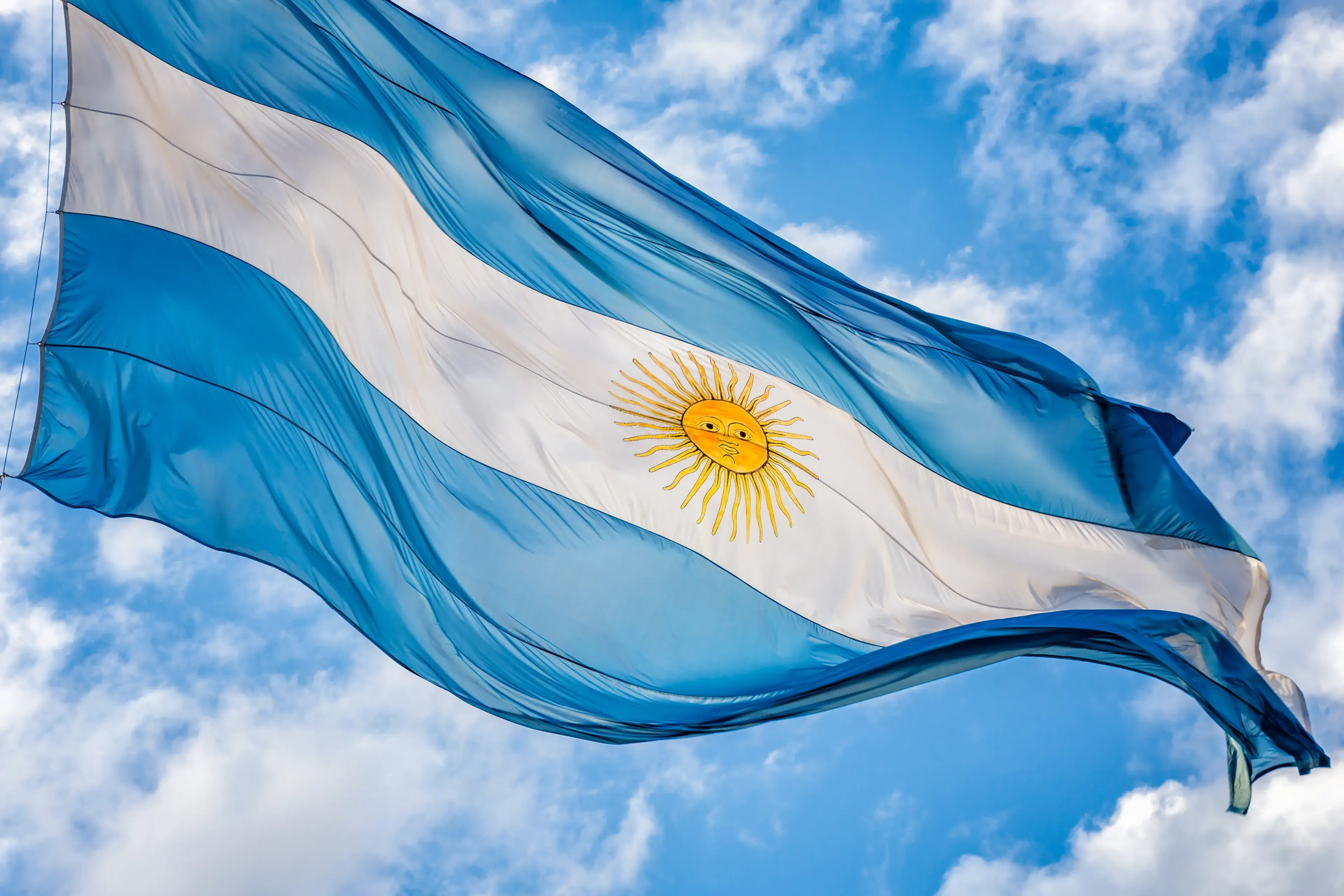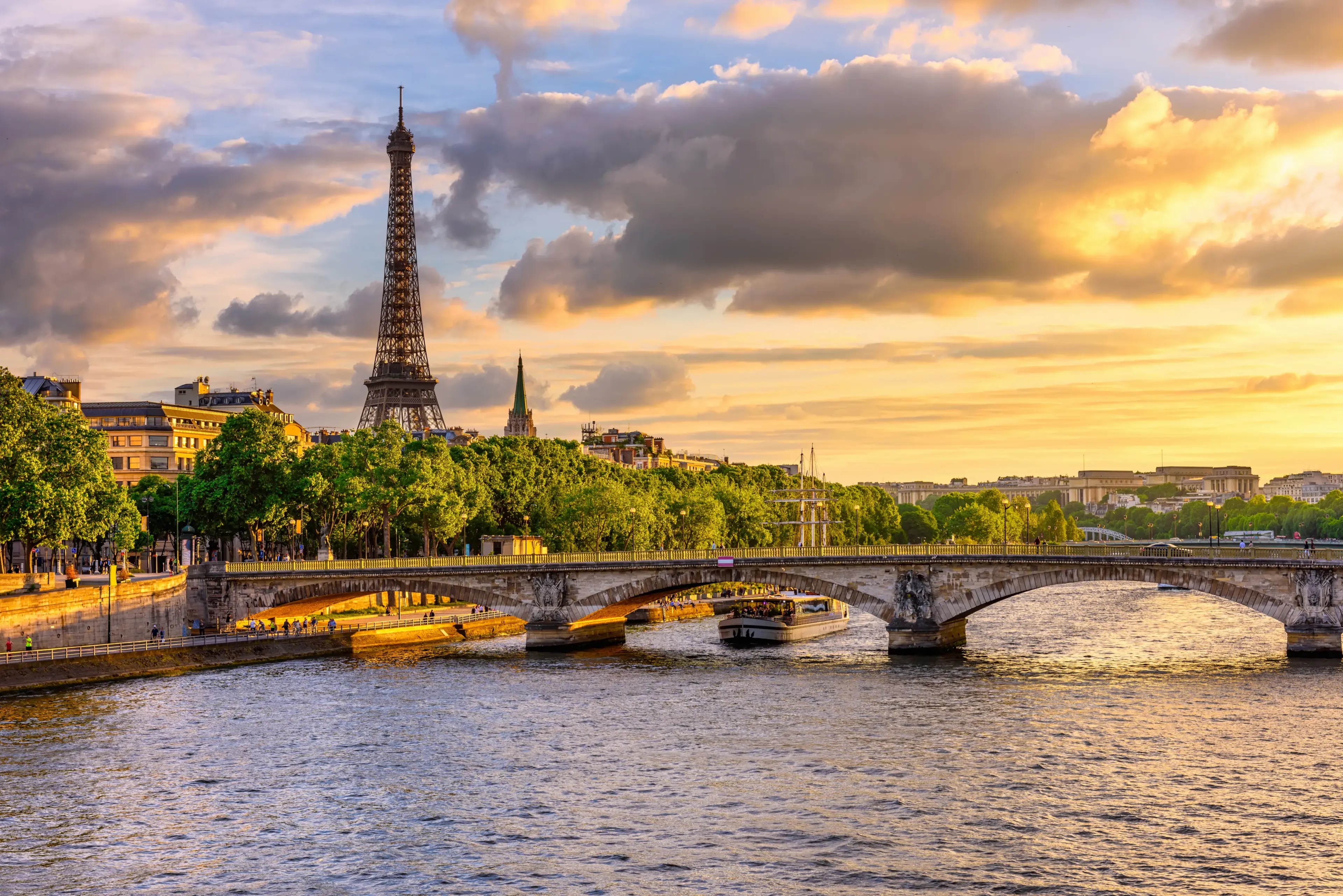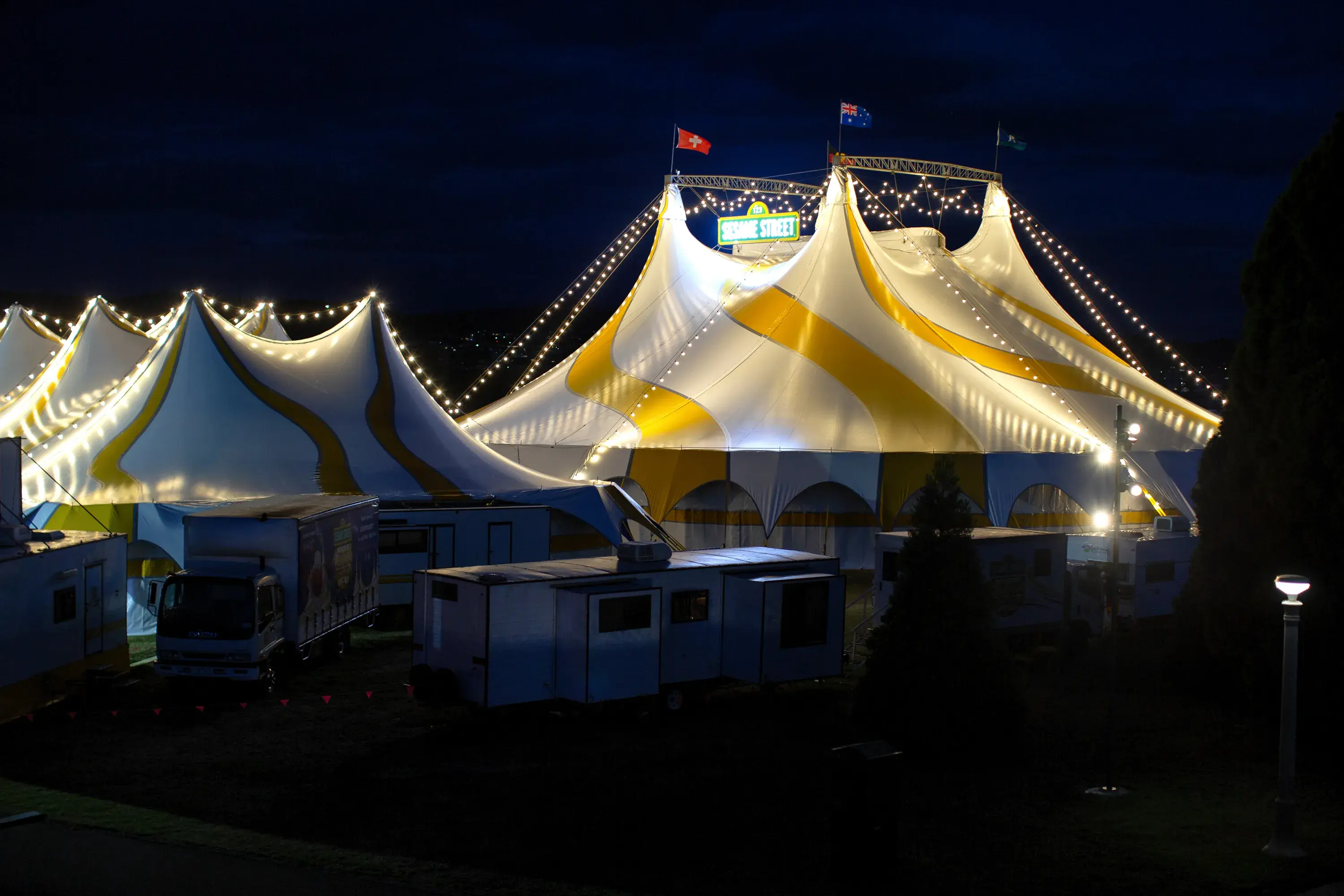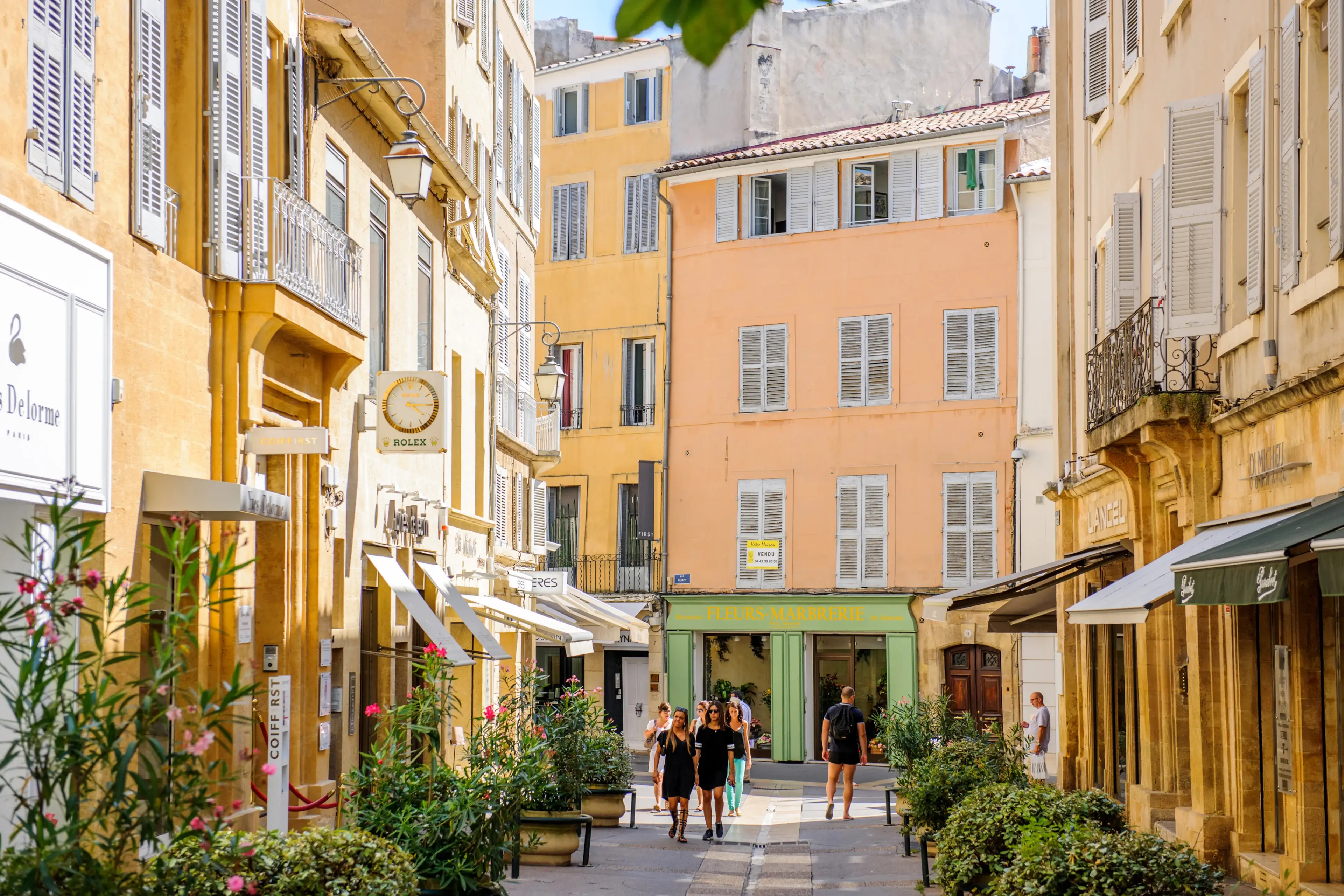
Morning in Aix-en-Provence
Updated August 2, 2023There is nothing in the world like walking the shaded streets of Aix-en-Provence, in the South of France, in the earliest shaded moments of a summer morning. The southern light shifts and falls through the leaves, the cool French air nips through the thickest of cottons, the azure sky is impossibly close.
It is a two-mile walk from Le Cours Gambetta to the Institute of American Universities, where I studied. It was imperative to wake early each day, to rise with the bread, so as to imagine how life once was, what France once was, before a Western sense of time and pace conquered her streets. It was also important to beat the heat and dust and arrive to class without a sunburn.
Each morning I stepped outside of my apartment building and inhaled as deeply as my chest would allow. The boulangeries always begin their baking long before anyone wakes. It is to their delicious aroma, heavy, yeasty, enticing, that the French and tourists alike open their eyes and mouths each morning. The scent clings not to clothes or skin, but to the mind, to the soul.
Long before commuters began their drive to Marseille, I would walk north along the Cours Gambetta and smile at the mechanics already busily working on the intestines of Renaults and Citroens, then turn west along the Rue du Roi Rene. This street was always quiet, as though waiting to be discovered; a perfect prelude to the busy streets ahead.
From le Rue du Roi Rene I cut across le Rue du 4 Septembre, a tiny, seemingly insignificant lane that houses a little known (to tourists), beautiful fountain: La Fontaine des Quatre Dauphins, which depicts four dolphins spurting water into a basin.
Le 4 Septembre opens up onto the famous Cours Mirabeau, and this avenue is the prize of Aix. Plane trees shade the cafes and shops on either side of the road, mamans and their pocket dogs sit on benches, watching, and in the afternoon and evening crowds fill every inch of pavement and more.
Le Cours Mirabeau touched my heart in the morning, when I could imagine Cezanne’s hands, an artist’s hands, soft, white, prescient, rise and fall with his coffee cup at a table in the back of Les Deux Garcons cafe. In my mind he was imagining the way the afternoon sun would hit Le Mont Sainte Victoire, and wondering if this time his hands would understand what he needed them to do.
Along the Cours Mirabeau I could hear the whispers of a long-dead revolution, hear Zola’s pen move across the pages, hear the history clinging to the cobblestones. Rome planned these streets, and they, the Visigoths, and the Saracens all occupied them throughout the centuries; but anyone can see that this land was born for France.
Turning off the Cours, I held my nose as I wound my way through the meat market, and was careful not to step in the dark red slosh of melting ice and blood that caked the streets.
After the market, I’d head up narrow, nameless streets and alleys, which held the pastry shops, bread shops, and gift shops. I’d walk past the old cathedral and the man who sketches on the front steps, past the cobblestones and the other pedestrians who knew the secrets of morning, past them all, their noise reaching a crescendo just as I pulled open the heavy oak door of my university.
Once inside, I climbed the narrow stairs to my classroom at the very top of the 16th century church, where dusty, refracted sunlight poured over my books through stained glass windows as I read and talked and wrote about the struggles of francophone Muslim women in Morocco and Senegal.
I thought about my experiences, my readings, my past on my morning walks, making connections, recognizing signs, retracing each step in my mind as I took each new step down the narrow streets. Sometimes that walk took half an hour, sometimes twice as long. The streets are different every morning, you see; their characters change.
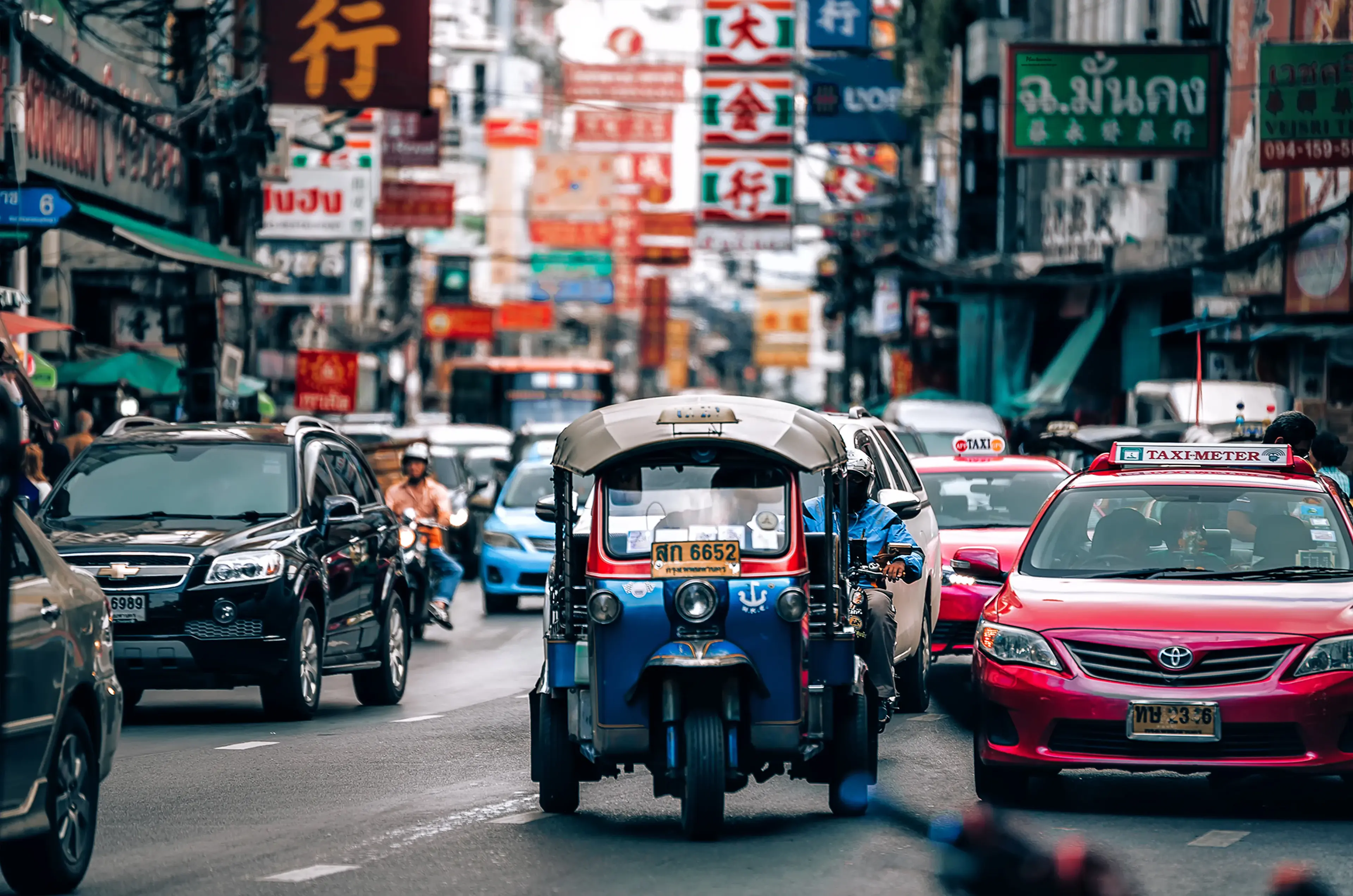
Must-Do Activities for a Trip to Thailand
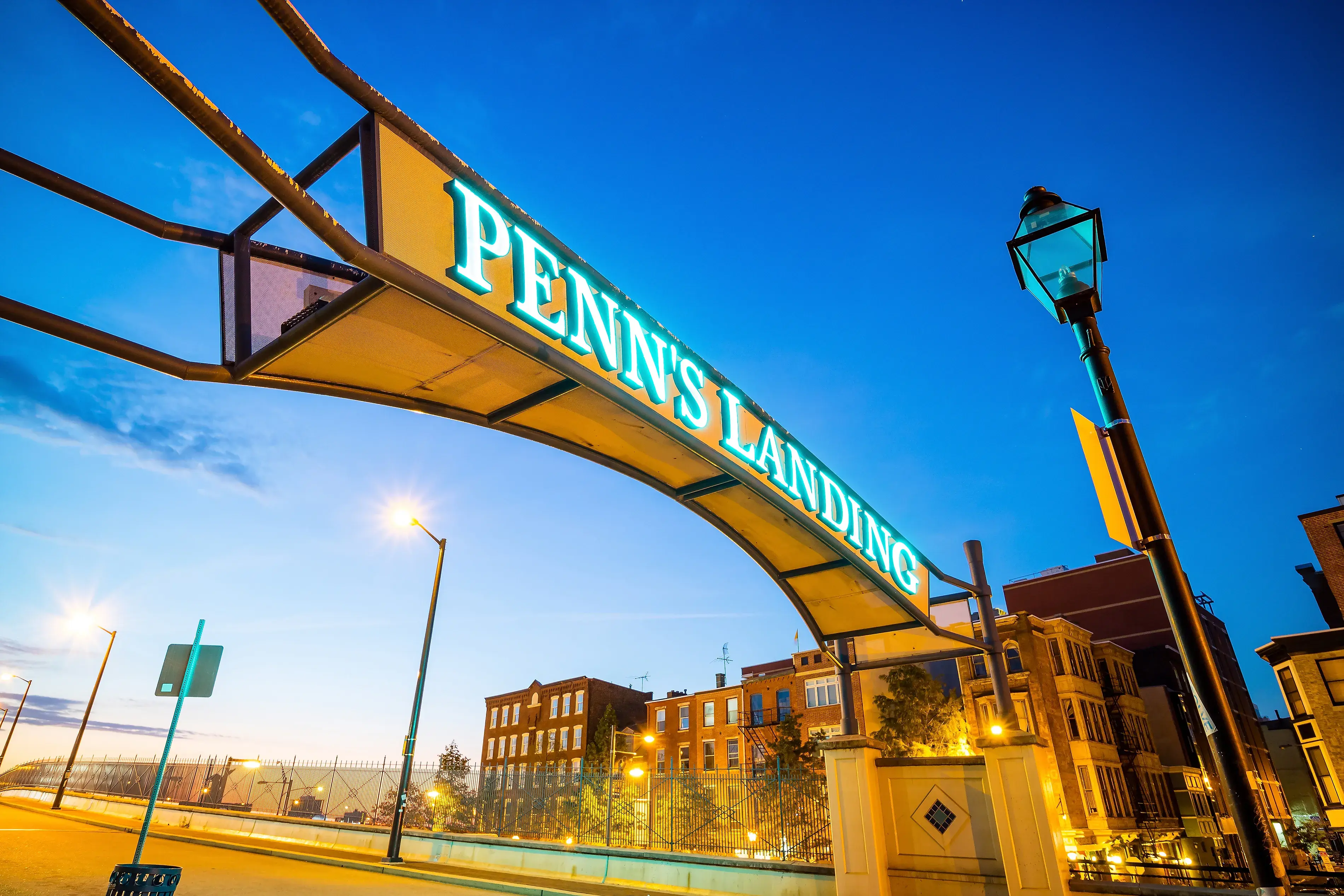
Five Places to Visit in Philadelphia

Four Unique Vacation Ideas

Top Holes In One Golf Courses In Cancun
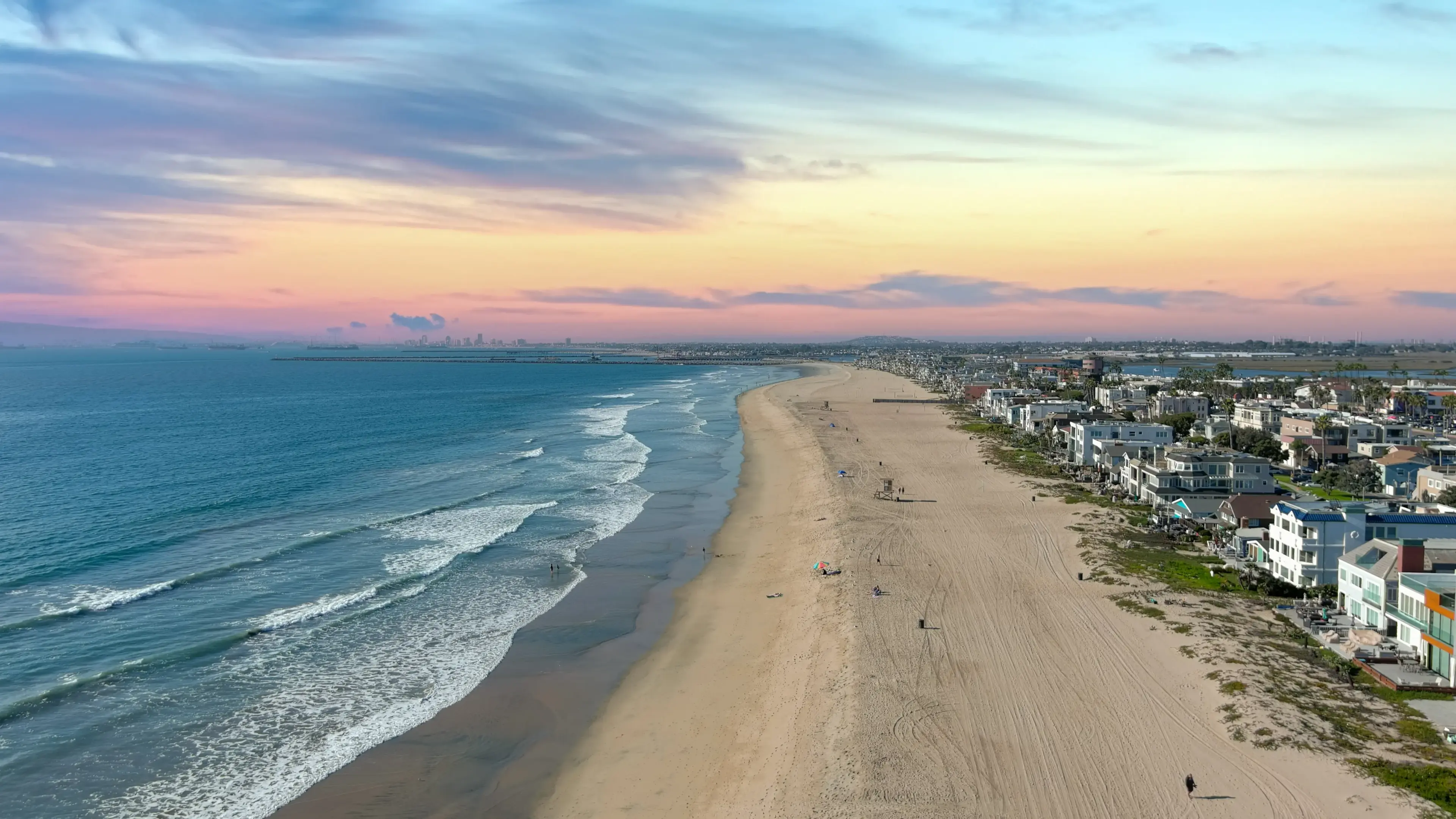
The 5 Best Beaches in California
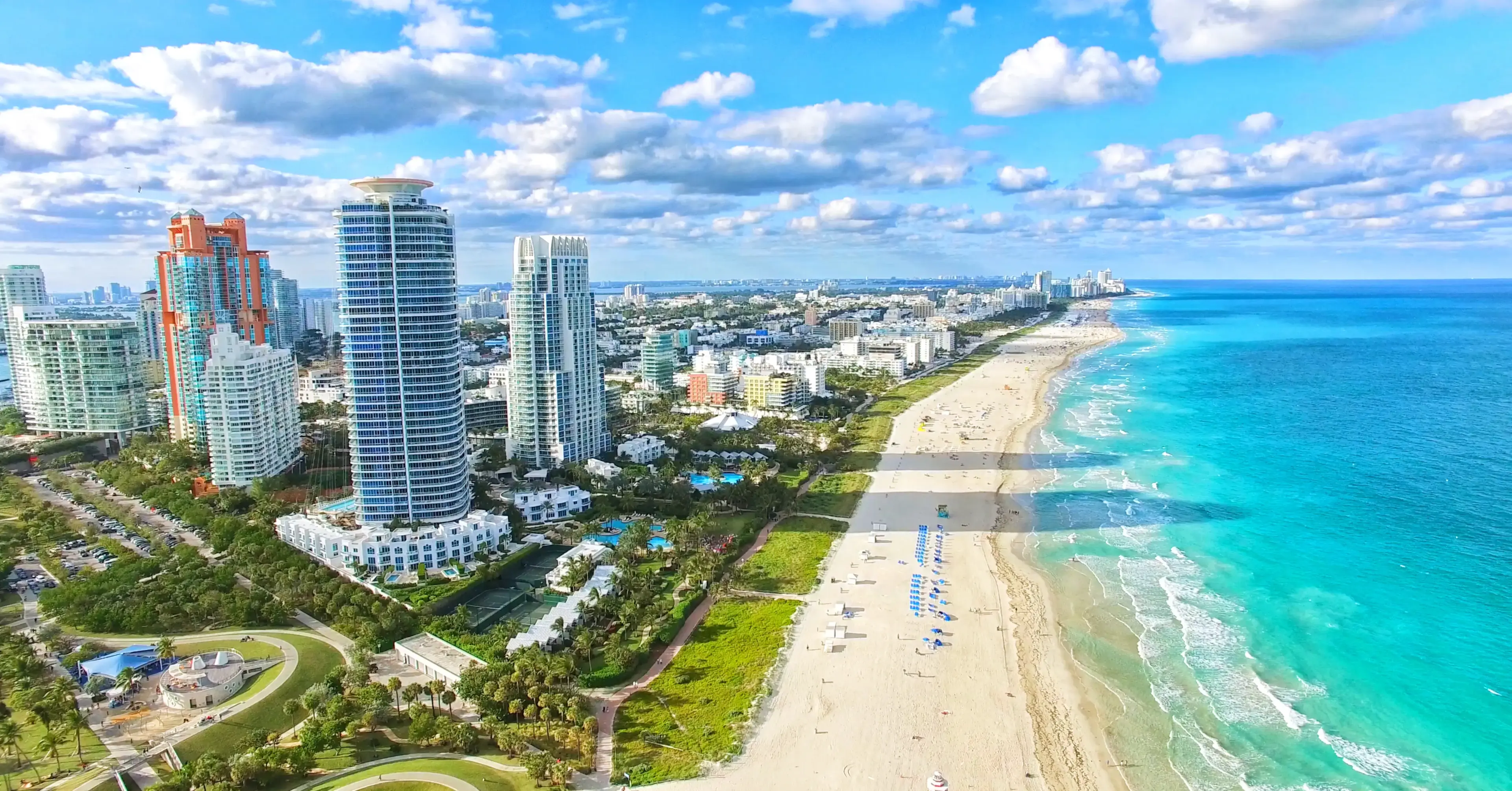
Beaches in Florida

Choosing the best hotels in Asia
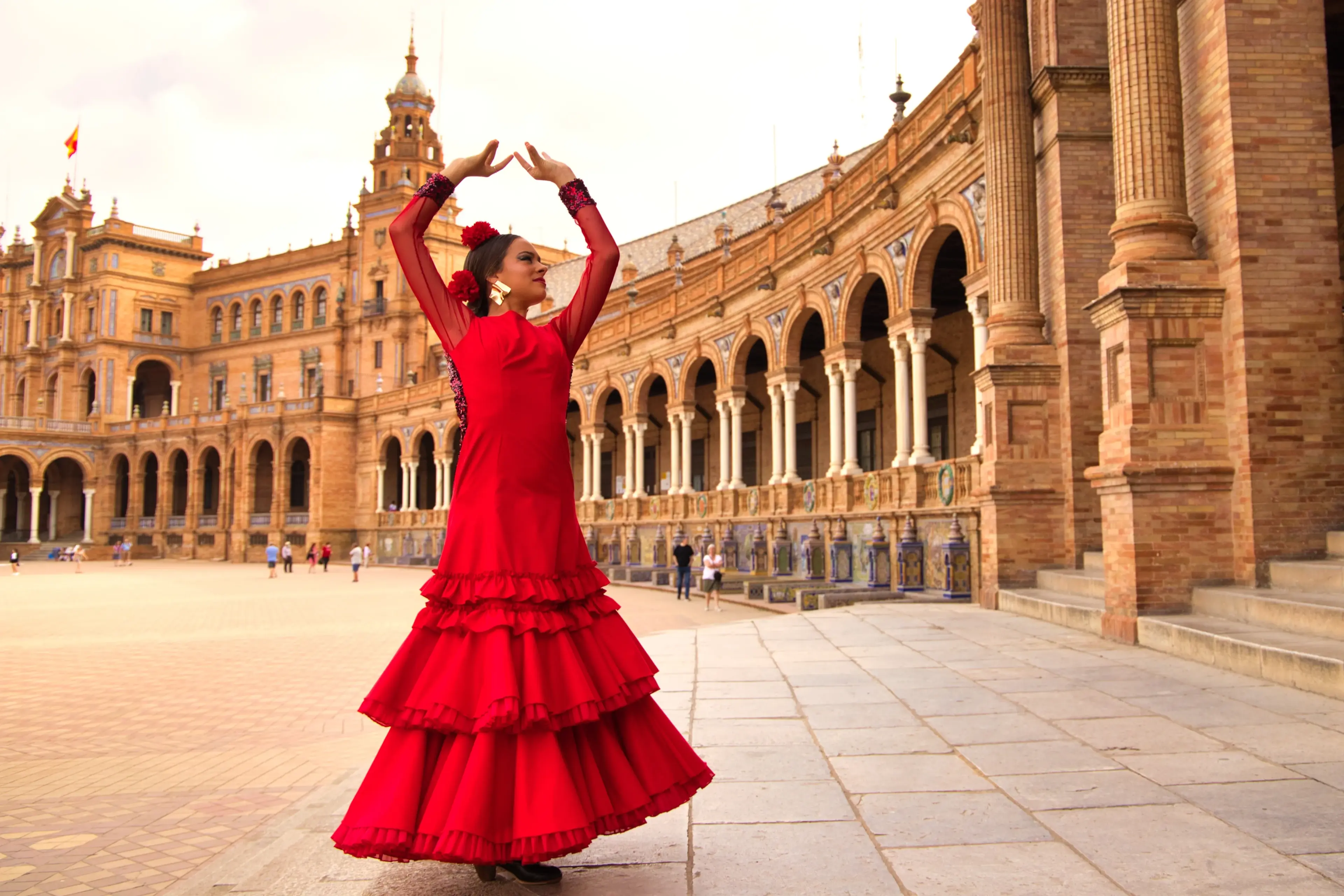
Must Knows of Flamenco
